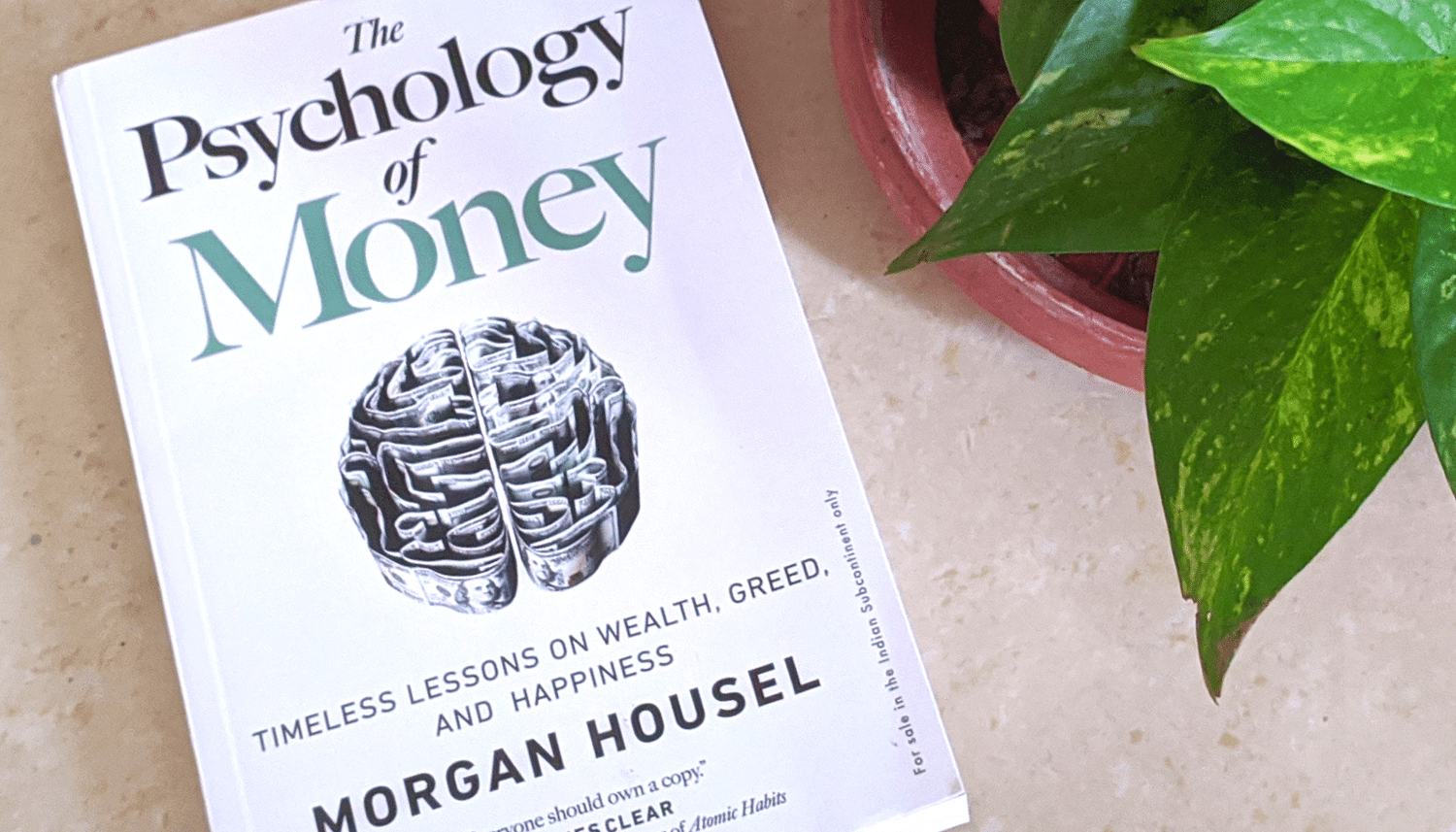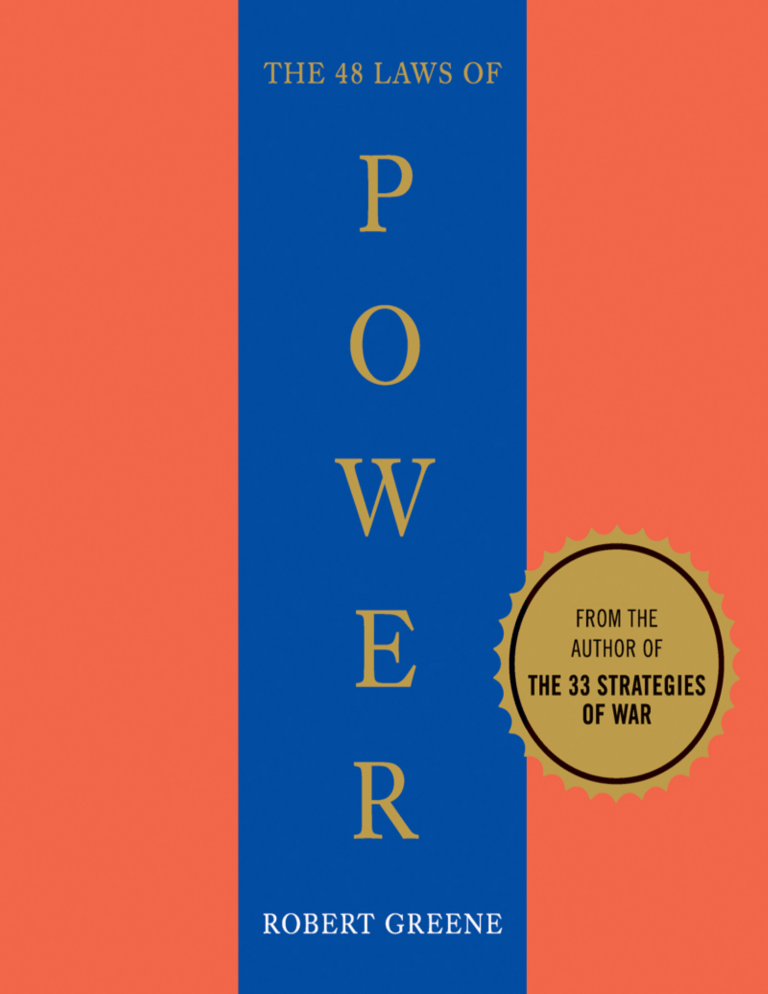Table of Contents
The idea that small changes can have a ripple effect is central to the concept of keystone habits, as explained by Charles Duhigg in his book, “The Power of Habit.”
Duhigg argues that certain habits have the power to initiate a chain reaction, influencing other habits as they spread throughout an organization or a person’s life. These keystone habits can reshape how people work, eat, play, live, spend, and connect with others.
What Defines a Keystone Habit?
Keystone habits are not about getting everything right. Instead, they involve pinpointing a few key priorities and transforming them into powerful levers for change.
Duhigg emphasizes that identifying these habits can be challenging. However, they possess specific characteristics that can help us recognize them.

- Small Wins: Keystone habits generate “small wins,” which create momentum and a sense of accomplishment, paving the way for the development of other positive habits. For example, a study showed that people who started keeping a food journal lost twice as much weight as those who didn’t. This simple act of recording their food intake helped them become more mindful of their eating habits, leading to healthier choices.
- Structure for Change: Keystone habits create structures that support the growth of other habits. For instance, former Alcoa CEO Paul O’Neill’s focus on worker safety led to a cascade of changes within the company. By prioritizing safety, O’Neill fostered a culture of communication and accountability, which had a positive impact on other aspects of the business.
- Culture of Transformation: Keystone habits create a culture where change is embraced and celebrated. The success of West Point cadets can be partially attributed to their strong sense of community and shared values. This culture, often fostered through daily gatherings and rituals, helps them overcome challenges and achieve their goals.
Illustrating the Power of Keystone Habits
Duhigg uses several compelling examples to demonstrate the power of keystone habits:
- Paul O’Neill and Alcoa: When O’Neill became CEO of Alcoa, he decided to prioritize worker safety, even though the company was already performing well in that area. His relentless focus on this issue led to a chain reaction, transforming Alcoa into one of the safest and most profitable companies in the Dow Jones Industrial Average.
- Michael Phelps’s Success: Olympic swimmer Michael Phelps’s coach, Bob Bowman, instilled a keystone habit of meticulous pre-race visualization. This routine, which Bowman dubbed “putting in the videotape,” helped Phelps focus and achieve peak performance. Once this habit was established, other habits related to diet, practice, and sleep fell into place more easily.
- Starbucks’s Focus on Willpower: Starbucks recognized that delivering exceptional customer service required employees who could regulate their emotions and exercise self-discipline. They implemented training programs that taught employees how to respond to difficult situations with composure and grace, using techniques like the LATTE method (Listen, Acknowledge, Take action, Thank, Explain).
The Importance of Belief and Choice
Duhigg draws on the work of philosopher and psychologist William James to highlight the importance of belief in habit change. James argued that the will to believe is crucial for enacting change, and habits play a key role in cultivating that belief.
Duhigg emphasizes that we are not slaves to our habits; we can choose to change them once we understand how they work. While some habits are easier to change than others, every habit is malleable, whether it’s related to addiction, destructive behaviors, or personal productivity.
A Framework for Change
While Duhigg acknowledges that there is no single formula for changing habits, he offers a framework for understanding and reshaping them:
- Identify the Routine: The first step is to understand the structure of the habit loop: cue, routine, reward. By identifying these components, we can begin to see the patterns that drive our behavior.
- Experiment with Rewards: By trying different rewards, we can determine what truly motivates us and helps us sustain a new habit. Duhigg recommends jotting down the first three things that come to mind after engaging in a new routine to increase awareness and recall later.
- Isolate the Cue: Identifying the trigger that initiates the habit loop is essential for disrupting the pattern. This may require careful observation and experimentation.
- Have a Plan: Creating a plan for how you will respond to cues and implement new routines is critical for success. This could involve setting specific goals, establishing clear rewards, and practicing the new behavior until it becomes automatic.

The Responsibility of Change
Duhigg concludes by emphasizing the responsibility we have to change our habits once we become aware of them. While a sleepwalker might argue that they acted unconsciously, most of our everyday habits are choices that we make, even if we’re not fully aware of them at the time.
Once we understand the influence of habits and especially the power of keystone habits, we have the freedom—and the responsibility—to remake those patterns and shape our own destinies.
Read other reader’s review of The Power of Habit here
To read more on the power of habits, read our book summary of Atomic Habits







Leave a Reply